Increased Vehicle Production and Sales
The On Highway Vehicle Lighting Market is directly influenced by the increased production and sales of vehicles. As the automotive sector continues to expand, driven by rising consumer demand and economic growth, the need for advanced lighting solutions becomes more pronounced. Recent data indicates that vehicle production is projected to reach over 100 million units annually by 2026, which will inevitably boost the demand for high-quality lighting systems. This surge in vehicle production is likely to create opportunities for manufacturers to develop innovative lighting solutions tailored to various vehicle types. Consequently, the On Highway Vehicle Lighting Market is expected to experience robust growth, with estimates suggesting a market expansion of approximately 6% per year in response to this trend.
Regulatory Compliance and Safety Standards
The On Highway Vehicle Lighting Market is increasingly influenced by stringent regulatory compliance and safety standards. Governments and regulatory bodies are implementing more rigorous guidelines to enhance road safety, which necessitates the adoption of advanced lighting technologies. For instance, regulations regarding brightness, visibility, and energy efficiency are becoming more prevalent. This trend is likely to drive manufacturers to innovate and upgrade their lighting solutions to meet these standards. As a result, the demand for compliant lighting products is expected to rise, potentially leading to a market growth rate of approximately 5% annually over the next few years. The emphasis on safety not only benefits consumers but also encourages manufacturers to invest in research and development, thereby fostering a competitive landscape in the On Highway Vehicle Lighting Market.
Rising Demand for Energy-Efficient Solutions
The On Highway Vehicle Lighting Market is witnessing a rising demand for energy-efficient lighting solutions. As environmental concerns become more pronounced, consumers and manufacturers are increasingly prioritizing sustainability. Energy-efficient lighting, particularly LED technology, offers significant advantages, including lower energy consumption and reduced carbon footprints. This shift is reflected in market trends, with LED lighting expected to account for over 60% of the total lighting market share by 2026. Additionally, governments are incentivizing the adoption of energy-efficient technologies through subsidies and tax breaks, further propelling market growth. The emphasis on sustainability not only aligns with consumer preferences but also encourages manufacturers to innovate, thereby enhancing the overall competitiveness of the On Highway Vehicle Lighting Market.
Technological Advancements in Lighting Solutions
Technological advancements are a pivotal driver in the On Highway Vehicle Lighting Market. Innovations such as adaptive lighting systems, which adjust brightness based on driving conditions, are gaining traction. Furthermore, the integration of smart technologies, including connectivity features that allow for real-time monitoring and control, is becoming more common. These advancements not only enhance safety but also improve energy efficiency, which is increasingly important to consumers and manufacturers alike. The market for LED lighting, which is known for its longevity and reduced energy consumption, is projected to grow significantly, with estimates suggesting a compound annual growth rate of around 7% over the next five years. This technological evolution is likely to reshape consumer expectations and drive demand for more sophisticated lighting solutions.
Consumer Preferences for Enhanced Visibility and Aesthetics
Consumer preferences are evolving towards enhanced visibility and aesthetics in the On Highway Vehicle Lighting Market. As vehicle owners seek to improve both safety and the visual appeal of their vehicles, manufacturers are responding by developing innovative lighting designs that cater to these demands. The trend towards customization is particularly notable, with consumers increasingly opting for unique lighting solutions that reflect their personal style. This shift is likely to drive the market for decorative and functional lighting products, with projections indicating a growth rate of around 4% annually. Additionally, the emphasis on visibility, especially in adverse weather conditions, is prompting manufacturers to invest in research and development to create more effective lighting solutions. This dual focus on aesthetics and functionality is expected to significantly influence the competitive dynamics within the On Highway Vehicle Lighting Market.


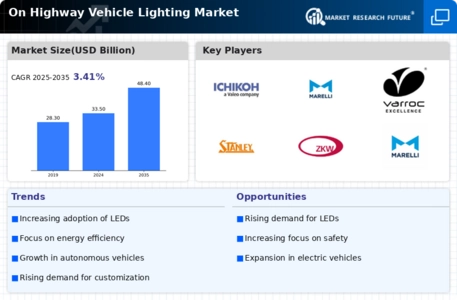
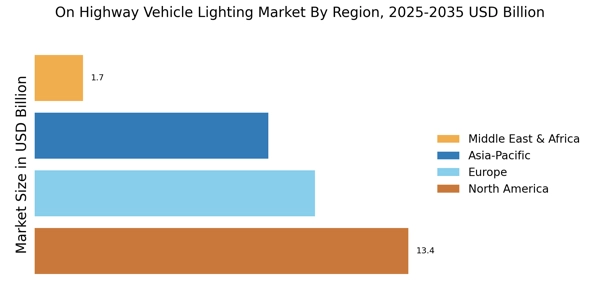
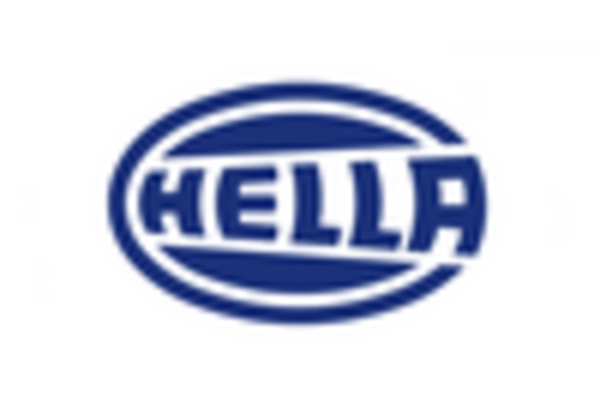
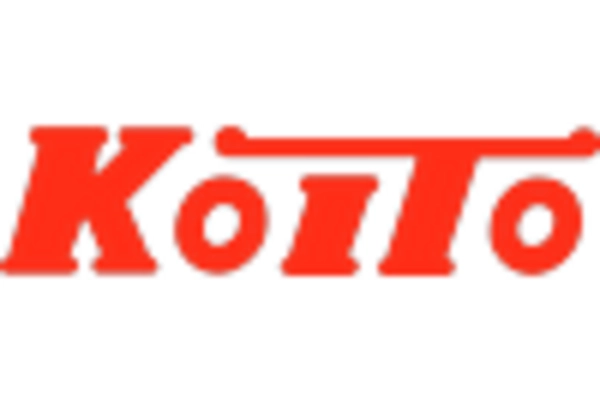
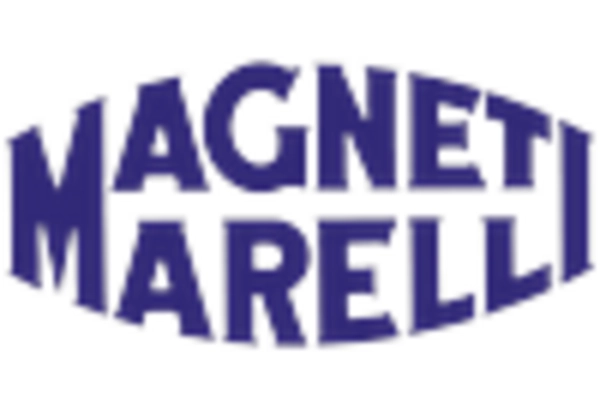
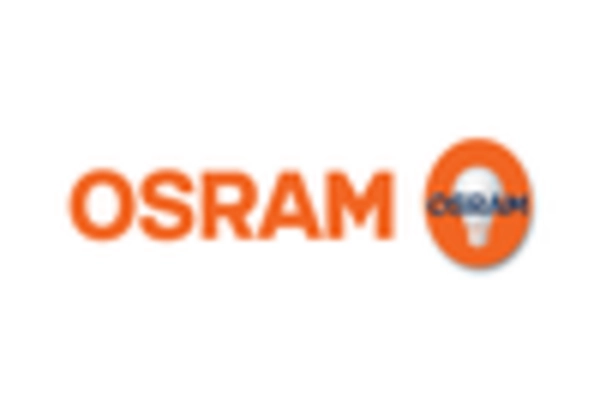
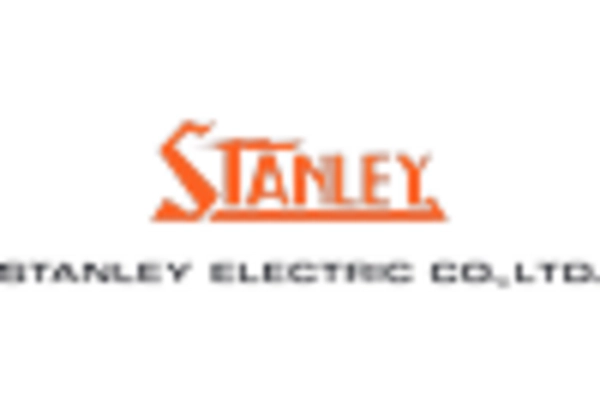
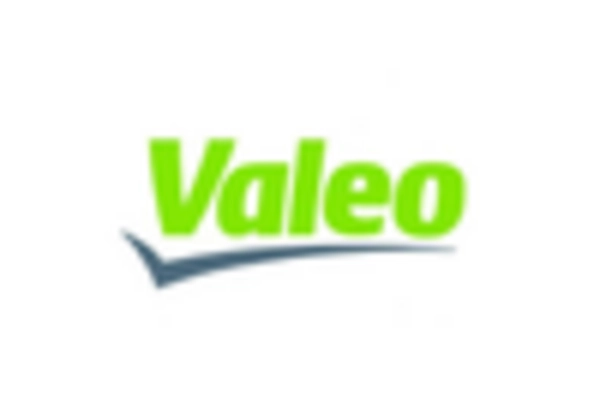








Leave a Comment